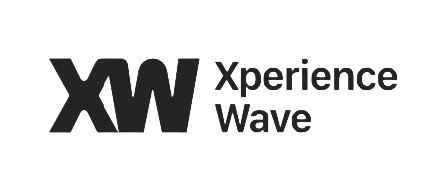You’ve been in UX design for a while. Maybe three years. Maybe ten. You’ve delivered good work, solved real problems, collaborated with stakeholders, and improved user experiences across products. But there’s just one issue—your portfolio hasn’t changed in years. Or worse, it barely exists.
You’re not alone.
Many mid-level and senior UX designers struggle with portfolio paralysis. Either they’re buried in NDA work, or too busy solving problems at work to stop and document them. Some feel their past work isn’t “pretty” enough. Others wonder if portfolios even matter anymore.
Let’s clear the air.
Why Portfolios Still Matter (Even After Years in the Field)
If you think portfolios are just for junior designers or fresh grads, think again. A strong UX portfolio is not just a proof of work—it’s a window into your mind. It’s your chance to show how you think, not just what you made.
Recruiters don’t just want deliverables. They want to know how you approached messy problems, handled tradeoffs, influenced stakeholders, and drove outcomes. That’s especially true for mid-to-senior roles.
And here’s the real kicker: Your portfolio is part of your personal brand.
Just like companies invest in branding to stand out in a crowded market, you need to brand yourself in a sea of LinkedIn profiles. Your case studies, storytelling style, writing voice, even how you frame your challenges—these all build your brand.
So, the question isn’t should you build or update your portfolio. It’s how do you do it in a way that doesn’t feel overwhelming or fake?
The Truth About Recruiters (What No One Tells You)
Let’s get honest about the people reviewing your portfolio. The average recruiter is juggling 15+ open roles. You, dear designer, might be ticket #12. Unless the role you’re applying for is mission critical, you’re likely a low-priority task.
Here’s what that means:
- They don’t read every word. They skim. If your portfolio has huge walls of text, it’s getting ignored.
- They love low-friction profiles. If you’re easy to contact, your work is clear, and you match the JD—you’re already winning.
- They’re not the final decision-makers. But they can be your champions—if you make their job easier.
- They filter by CTC, location, keyword matches, and platform visibility. So yes, having a searchable LinkedIn, a clean resume, and being active on Naukri or AngelList still matters.
That’s why your portfolio shouldn’t just be a design story. It should also be a recruiter-friendly experience.
Remember, different employers have different expectations of you.
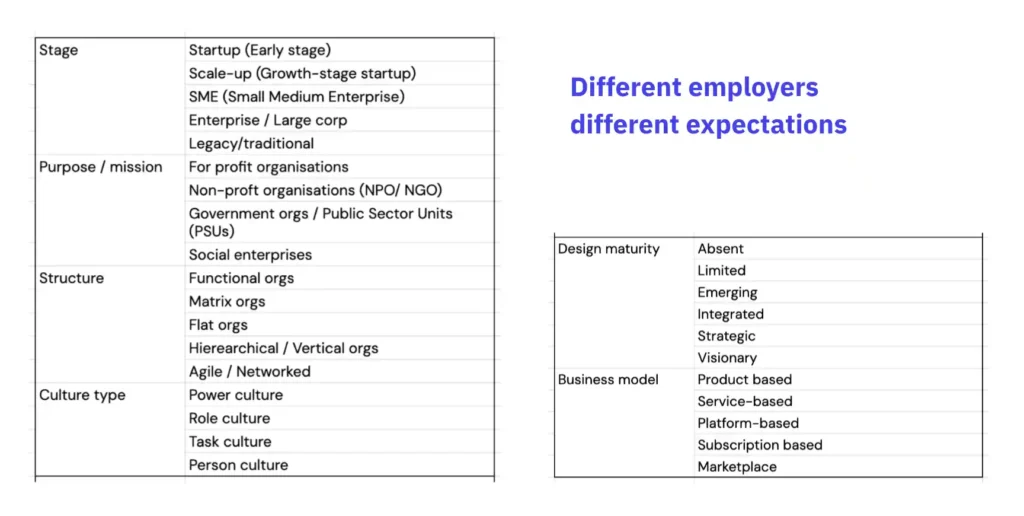
And recruiters use many ways to find you
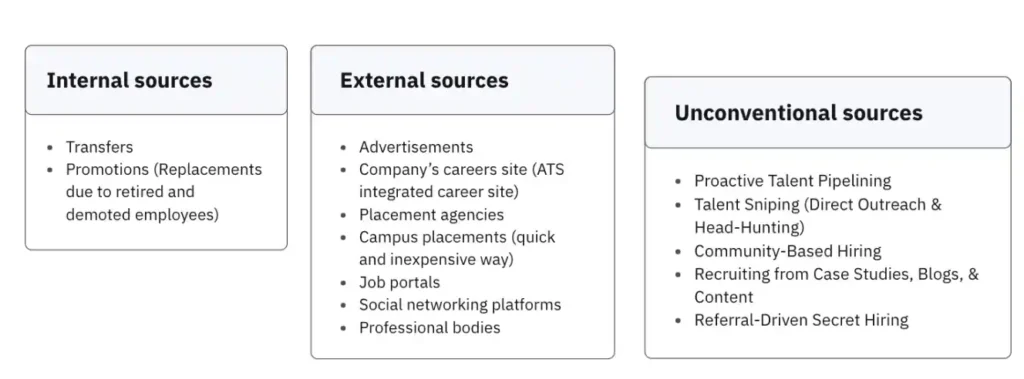
A typical portfolio lifecycle looks like this:
- You upload it
- A placement partner (if any) screens it
- HR recruiters glance at it
- The hiring manager actually reads it
- You might be invited to give a walkthrough
- Whether you get placed or not, your portfolio sits in the company’s archive – for future roles too
The question is: Does your portfolio survive every layer?
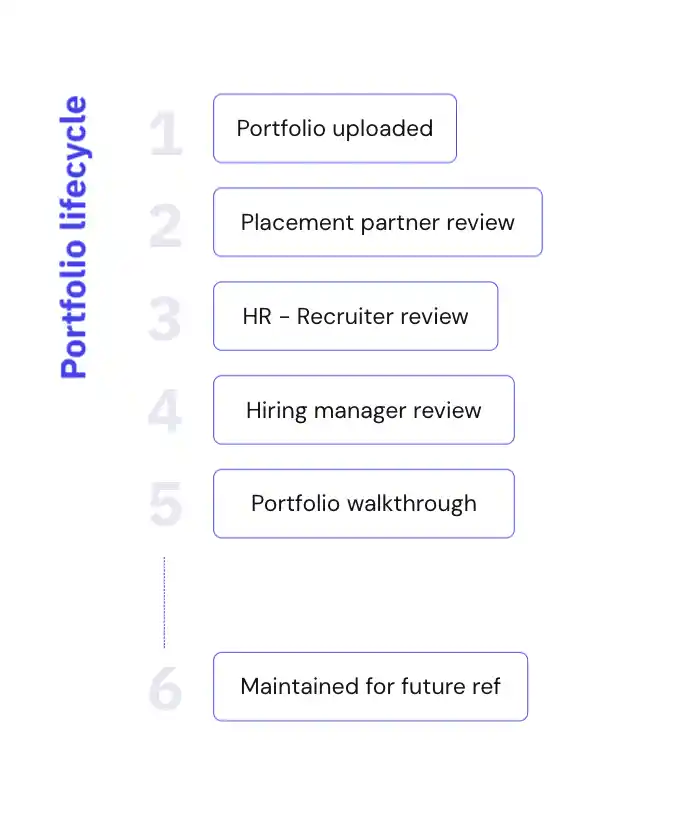
Rules
Think about this: Would you build a product without understanding its user?
Then don’t build a portfolio without understanding your user—your future recruiter, hiring manager, or design lead.
Good portfolios tell stories that feel like UX.
- They have a clear purpose
- They’re scannable and outcome-driven
- They show thought process over pixels
- They solve the problem of: “Why should we hire you?”
Want to level it up? Use strong titles that sell the outcome.
Bad: UX Case Study – Project X
Good: Increased conversions by 3x through onboarding redesign
Now you’ve got attention.
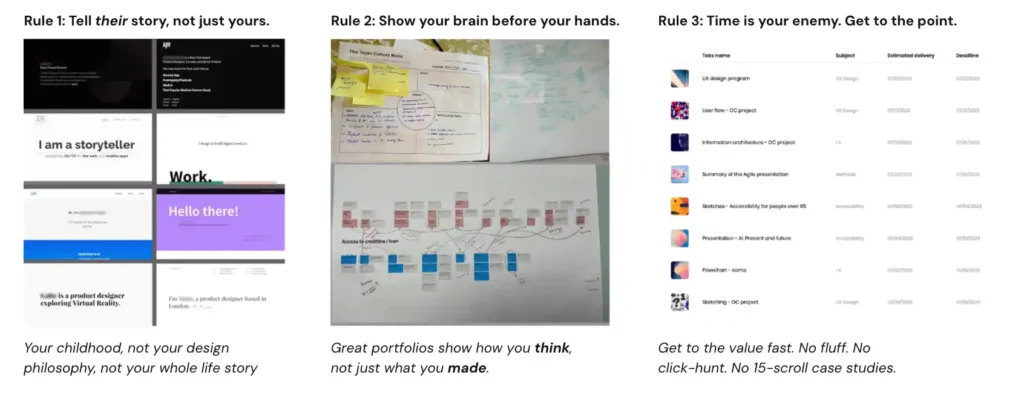
Rule 1: Tell Their Story, Not Just Yours
The best portfolios speak to the needs of the employer. Not all employers look for the same things. A startup may want speed and autonomy. A corporate role might expect deep collaboration and process rigor. An agency will look at your ability to juggle multiple clients and timelines.
So, don’t blindly follow pretty portfolio templates on Dribbble or Behance. Tell stories that align with where you’re applying.
Show that you can:
- Prioritize user needs under constraints
- Navigate ambiguity
- Influence stakeholders
- Drive measurable outcomes
And remember, every slide or section should answer the unspoken question: Why should we care?
Rule 2: Show Your Brain Before Your Hands
You don’t need to be a unicorn designer. But you do need to show that you think like a UX pro.
Here’s a good structure to follow for each case study:
- Problem Identification – What was broken?
- Strategy & Goals – What did success look like?
- Process & Research – What did you do to understand the problem?
- Information Architecture & Flow – How did you structure the solution?
- Wireframes & Iterations – What were the options you explored?
- Collaboration & Communication – Who did you work with and how?
- Impact & Results – What changed? How did it help?
If you’re stuck thinking “I didn’t do all this,” don’t panic. Focus on what you did own, and what your contribution meant.
Rule 3: Time is your enemy, get to the point
Get to the value fast. No fluff, no click hunt, no 15 scroll case-studies. Tell a raunchy story using this outline

But What If My Work Is Under NDA?
Let’s talk about the elephant in the room: NDA projects.
Yes, it’s real. But it’s also a common excuse. Most of the time, you can share parts of your work by:
- Masking company names or replacing real data
- Sharing your process instead of outcomes
- Creating anonymized versions or personal side projects that replicate similar challenges
Recruiters are not expecting you to break your NDA. But if you have nothing to show, they have nothing to evaluate.
What If I’ve Been in the Same Role for Years?
This is super common. Designers who’ve stayed with one company for 3, 5, or even 10 years often feel portfolio anxiety.
Here’s the good news: you probably have deep context and long-term impact stories that others don’t.
You can show:
- How you improved an experience over time
- How metrics evolved after multiple iterations
- How you worked cross-functionally at different levels of the org
- How your design maturity and influence grew
Instead of multiple short projects, tell one story deeply. Show evolution.
A Final Word: Time Is Your Enemy
Recruiters spend 2–3 minutes max on your profile before deciding whether to move forward. So your portfolio should be easy to scan, quick to read, and visually clean.
Don’t wait till you’re job hunting. Build your portfolio now. Keep it updated every quarter like your LinkedIn. Make a habit of documenting projects as you go. Even 30 minutes of reflection after each project can turn into gold later.
And don’t forget to treat your portfolio like you would treat any product—test it, improve it, refine the messaging.
Keep in mind what matters and what to avoid.
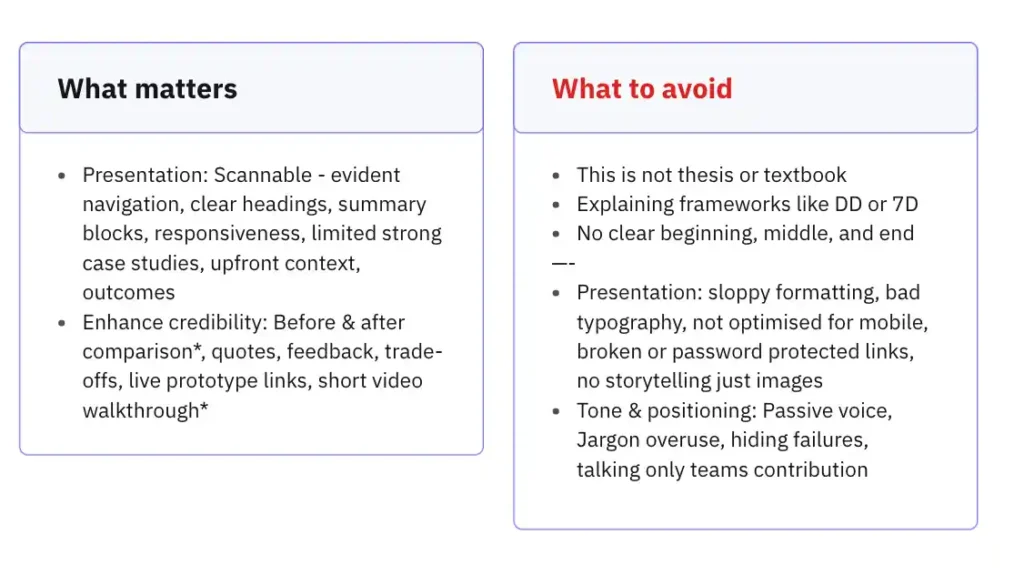
Quick Checklist to Refresh Your UX Portfolio Today:
- Write 1 case study that tells a real, outcome-driven story
- Craft bold titles that show impact
- Remove fluff and explain why each decision was made
- Focus on how you think, not just what you made
- Avoid jargon. Speak human.
- Add metrics wherever possible
- Update your LinkedIn and resume to match the portfolio
- Build your personal brand through consistent storytelling
Ready to rebuild your UX portfolio and land your next role?
Don’t wait till you’re desperate. Build it now, own your narrative, and stand out where it matters.
